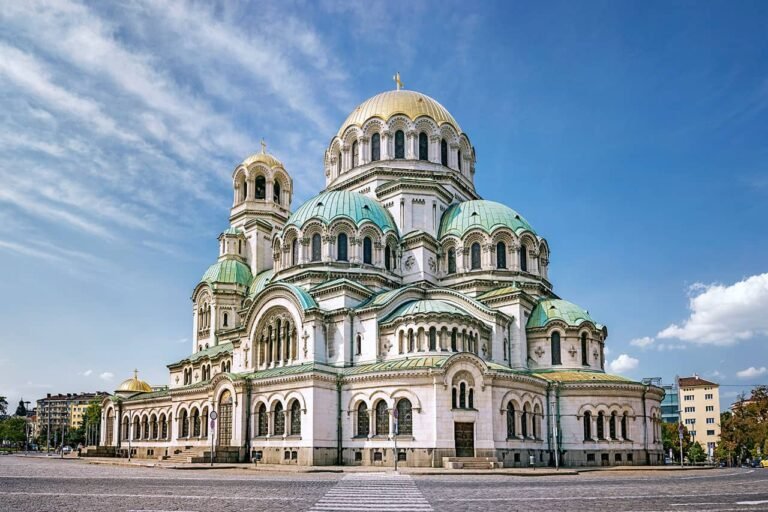Bulgaria is so rich in fascinating places including these 9 UNESCO World Heritage Sites in Bulgaria focused on preserving the unique and incredible heritage of our planet.
This cultural heritage can include monuments such as monumental sculptures, architectural works, archaeological sites, natural physical and biological formations, geological and physiographical formations, and natural sites.
9 UNESCO World Heritage Sites in Bulgaria
Established in 1972, the United Nations Educational, Scientific and Cultural Organization (UNESCO) designates World Heritage Sites of outstanding universal value to natural or cultural heritage which have been nominated by countries.
Bulgaria maintains 16 sites on the tentative list in UNESCO and one transnational site, called the Primeval Beech Forests of the Carpathians and other regions of Europe, and is shared with 11 other countries.
To love is the work of the soul. Don’t interfere in its work.
Petar Deunov
Bulgaria joined UNESCO in 1974 and till 1979 already had four sites listed. UNESCO lists sites under ten criteria; each entry must meet at least one of the criteria.
Also Read: Best Mountains in Bulgaria You Must Visit
In this article, we’ve listed 9 UNESCO World Heritage sites in Bulgaria you should know about. Seven of the nine UNESCO World Heritage Sites in Bulgaria are cultural, and two are natural.
Rila Monastery
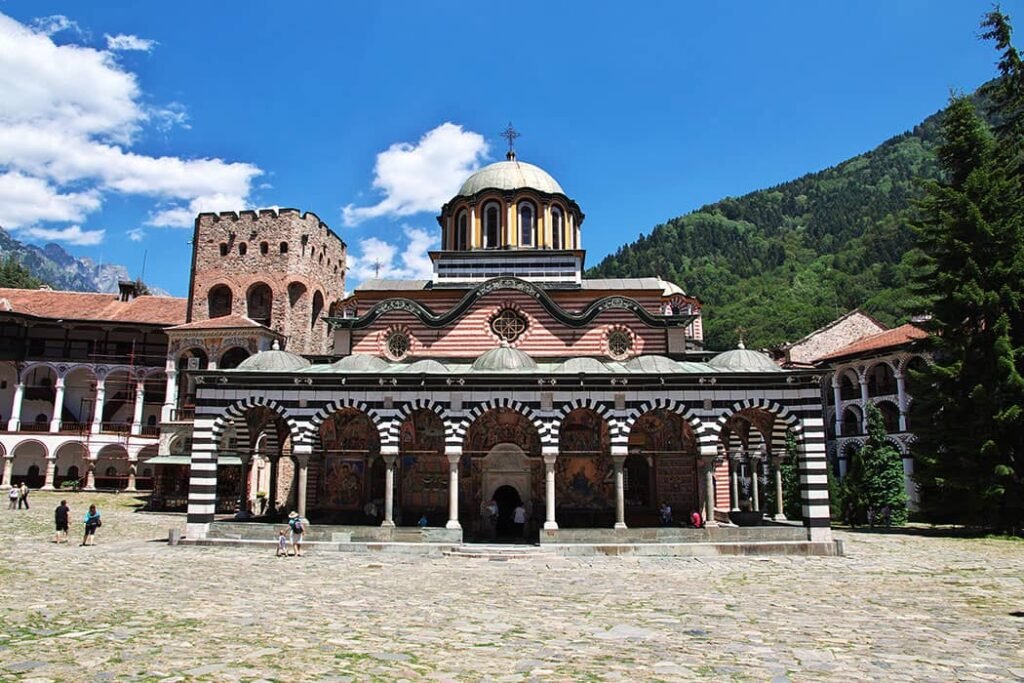
Rila Monastery is a sanctuary of culture, education, and history over the centuries is located in one of the highest mountains in the Balkans, Rila mountains. The monastery was especially important during the Ottoman rule in Bulgaria as a Christian center.
Today Rila Monastery is the biggest monastery in Bulgaria with about 250 monk rooms and everyday, in the morning and in the afternoon, are held services. It is situated in the southwestern Rila Mountains, 117 km south of the capital of Bulgaria, Sofia.
It entered the UNESCO World Heritage List way back in 1983, hailed for its curious intermingling of Mamluk, arabesque, Byzantine and Romanesque styles.
Location: Rila Monastery
Thracian Tomb of Kazanlak

The Thracian Tomb of Kazanlak dates back to the 4th century BC. and it is located near the town of Kazanlak in central Bulgaria. A larger royal Thracian necropolis, which the tomb is a part of, is located near the ancient Thracian city Seuthopolis, the capital of king Seuthes III, called also the Valley of the Thracian Rulers.
The tomb is built in a beehive tomb, with a narrow corridor and a round burial chamber, and it was rediscovered in 1944, with remarkably well-preserved frescos depict the Thracian burial rites and culture.
This is the only monument of its kind found anywhere, and the paintings are Bulgaria’s best-preserved artistic masterpieces and show the advancement and remarkable evolution of the Thracian culture from the Hellenistic period.
Nearby there is a complete replica of the tomb which visitors can explore while the original is not opened for visitors in order to preserve the fragile frescoes.
Location: Thracian Tomb of Kazanlak
Madara Rider
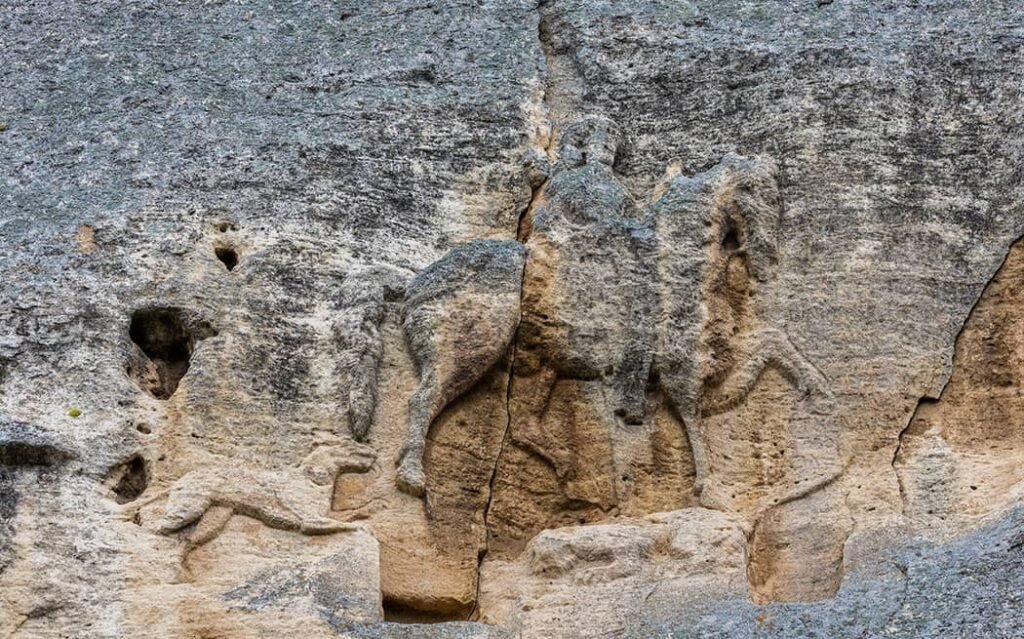
The Madara Rider is a rock relief depicting a knight on a horse, near the village of Madara, and shaped during the First Bulgarian Empire during the rule of the Bulgarian Empire’s second khan, Tervel. The carved of the Madara Rider is shaped in a 100 meters tall cliff, at the height of 23 meters, and represents triumphing over a lion and is accompanied by a bird and a dog.
The Madara Rider dates to the beginning of the 8th century and has a lot in common with the ancient symbolism of Saint George killing the dragon. The impressive rock relief is one of the national symbols of Bulgaria.
The Madara Rider was officially recognized and added to the list of UNESCO World Heritage Sites in Bulgaria in 1979.
Location: Madara Rider
Thracian tomb of Sveshtari
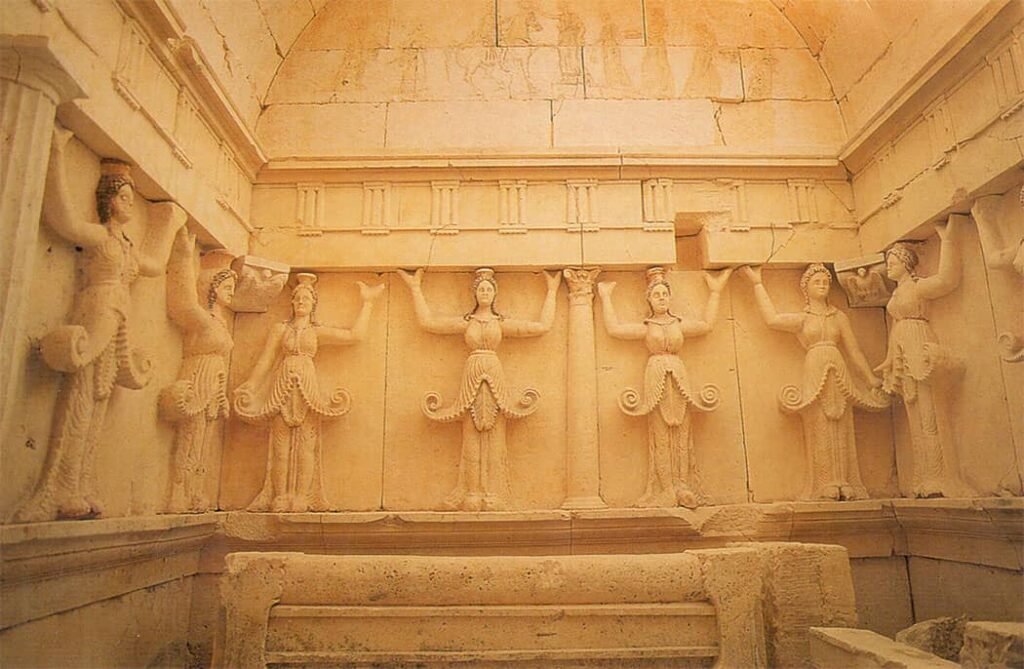
The Thracian tomb dates to the 3rd century BC. and was discovered and excavated in 1982. The Thracian tomb of Sveshtari was used as the burial place for a wealthy ruler of the Getae tribe and is a rare example of Thracian architecture and its decoration is very well preserved. It is located in the western Ludogorie in Bulgaria, near the location of Helis.
The remains of a large ancient city were found nearby along with dozens of Getic mound tombs. One of the features of the tomb, which represents the local art of the Gets, is 10 caryatids which are half women and half plants.
Archaeologists uncovered a significant treasure, in 2012, near the village. The treasure included 44 female figures, a golden ring, and 100 golden buttons, from the 4th century BC., found in 150 tombs.
Location: Thracian tomb of Sveshtari
Boyana Church
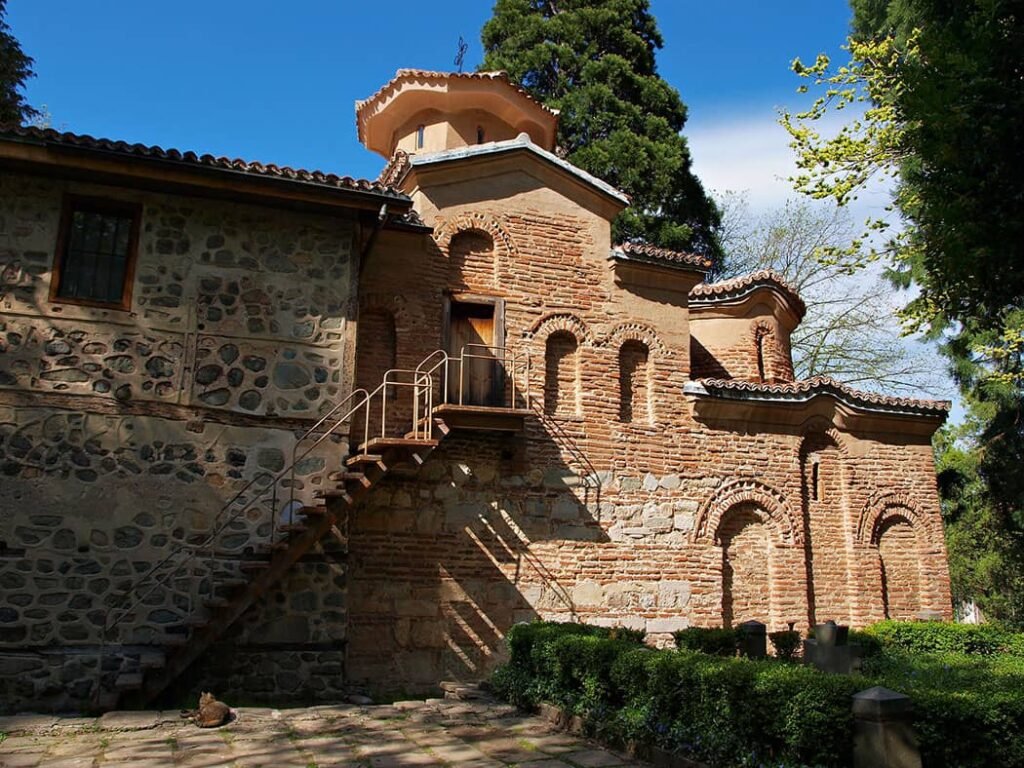
Located in the outskirts of Sofia, in Vitosha mountain, the Bulgarian Orthodox Boyana Church has unique murals from the 11th century and represents a group of three buildings. The frescos from the mid-13th century are considered of the best artistic value in the complex and among the masterpieces of medieval European painting.
The Boyana Church was built in three stages: in the late 10th to early 11th, then the central wing was added in the 13th century under the Second Bulgarian Empire, and the third in the early 19th century. The Boyana Church was added to the UNESCO World Heritage List in 1979.
The inner walls of the church are covered by marvelous medieval frescoes with a total of 89 scenes with 240 human images that are so strikingly real.
Most of the wall paintings dating from all periods have been preserved full while others have been carefully restored in the 21st century.
Location: Boyana Church
Rock-Hewn Churches of Ivanovo
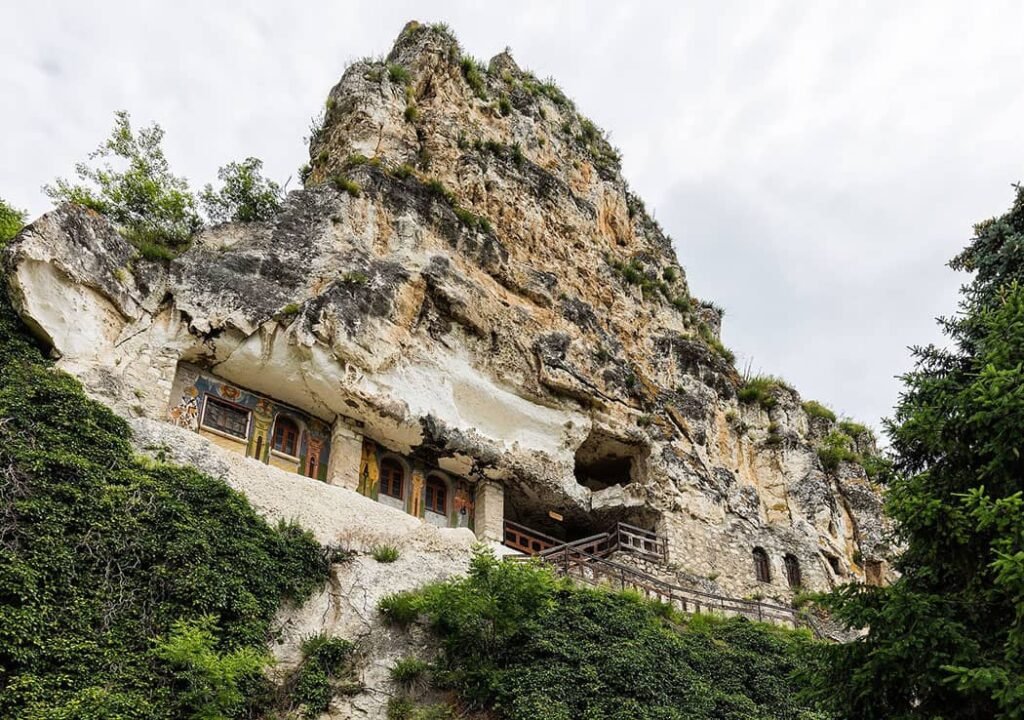
Rock-Hewn Churches of Ivanovo is a unique group of monolithic churches, chapels, and monasteries in solid rock. Located near the village of Ivanovo near Rousse, this complex is completely different from any other monastery complex in Bulgaria.
These frescos are some of the finest examples of the Palaeologues style, during the Second Bulgarian Empire, from the 14th century. In the 12th century, in the cliffs above the river Rusenski Lom, the hermits started carving churches, cells, and monasteries.
The murals are among the most essential monuments of medieval painting in Eastern Europe.
Location: Rock-Hewn Churches of Ivanovo
National Park Pirin
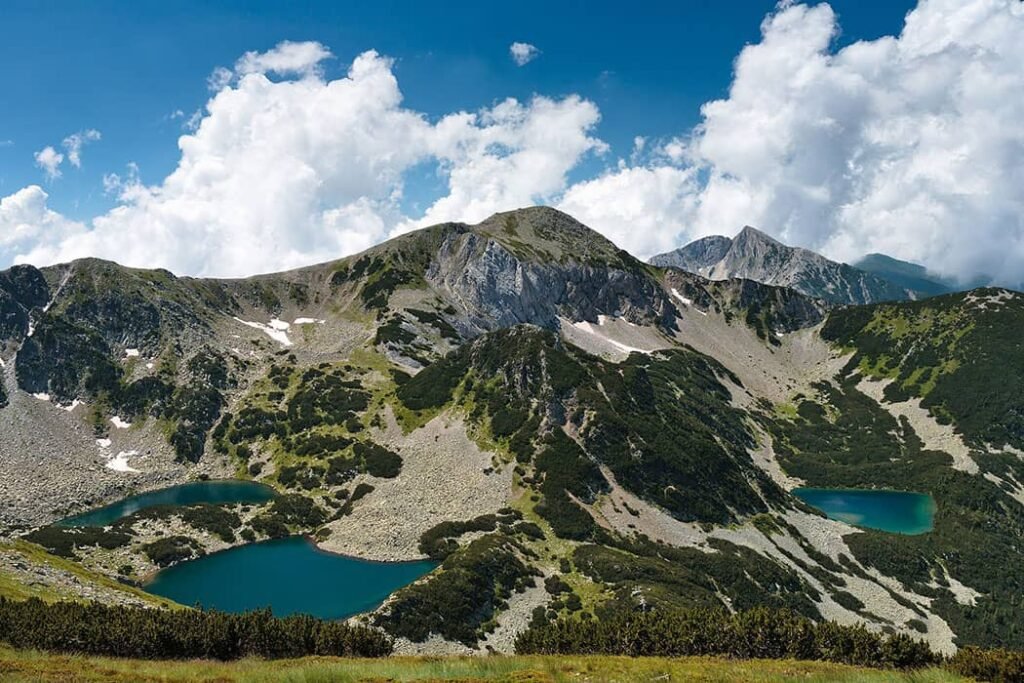
Pirin National Park is located in southwestern Bulgaria. Pirin National Park has been declared a UNESCO world heritage site in 1983 and the park is a part of the World Network of Biosphere Reserves.
The national park in the Pirin Mountains is home to many plant and animal species, including brown bears and wolves, and comprises different types of mountain habitats, from high mountains, alpine meadows, pine forests.
The Pirin mountain is famous for its 118 glacial lakes with the largest and the deepest of them being Popovo Lake. Vihren is the highest peak at the Pirin National Park at 2,914 meters.
Location: National Park Pirin
Ancient Nessebar

The town of Nessebar has existed for more than 1,000 years and prominently showcases its rich history through preserved architectural monuments from all its periods. In 1956 is was declared a museum-town.
The coastal city of Nessebar started as a Thracian settlement and later became an important Byzantine Christian center in the Middle Ages. The ancient part of the town is situated on an island connected to the mainland by a narrow man-made causeway, and it bears evidence of occupation by a variety of different civilizations.
Visitors can enjoy the beaches along the Black Sea Coast. It is often called, “The Pearl of the Black Sea”. As such, it is a popular seaside resort destination. Its most impressive beach is Sunny Beach.
Location: Nessebar
Srebarna Nature Reserve
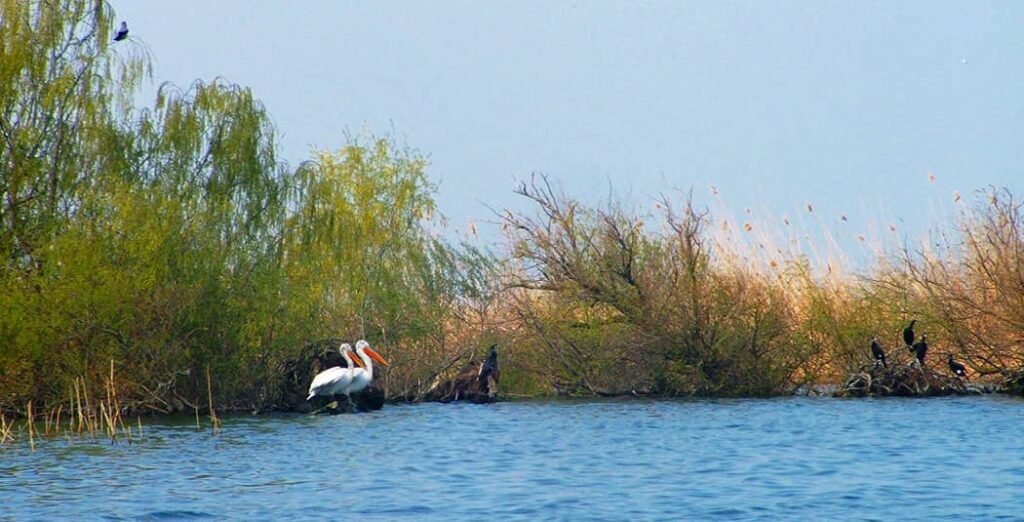
Lake Srebarna and the surrounding wetlands near the Danube river were established for the preservation of important habitats for birds, or as a stop on a migratory route, rare plant and animal species.
The Srebarna Nature Reserve is spread over 600 ha. and is home to almost 100 species of birds, many of which are rare or endangered, including the largest colony of Dalmatian pelican in Bulgaria. Other bird species include night heron, great egret, purple heron, glossy ibis and white spoonbill.
Every winter 80 other bird species migrate and seek refuge there. The area is a Nature Reserve since 1948 and in 1983 was added to the UNESCO World Heritage List in Bulgaria.
Location: Srebarna Nature Reserve
Do you know some other facts about UNESCO World Heritage Sites in Bulgaria?
Let me know your experience if you have visited any of the UNESCO World Heritage Sites in Bulgaria or if you know some other interesting facts about them. Tag @stunning_bulgaria on Instagram and hashtag it #stunning_bulgaria.
While I have you here, may I suggest a few other places you should visit on your next trip:

